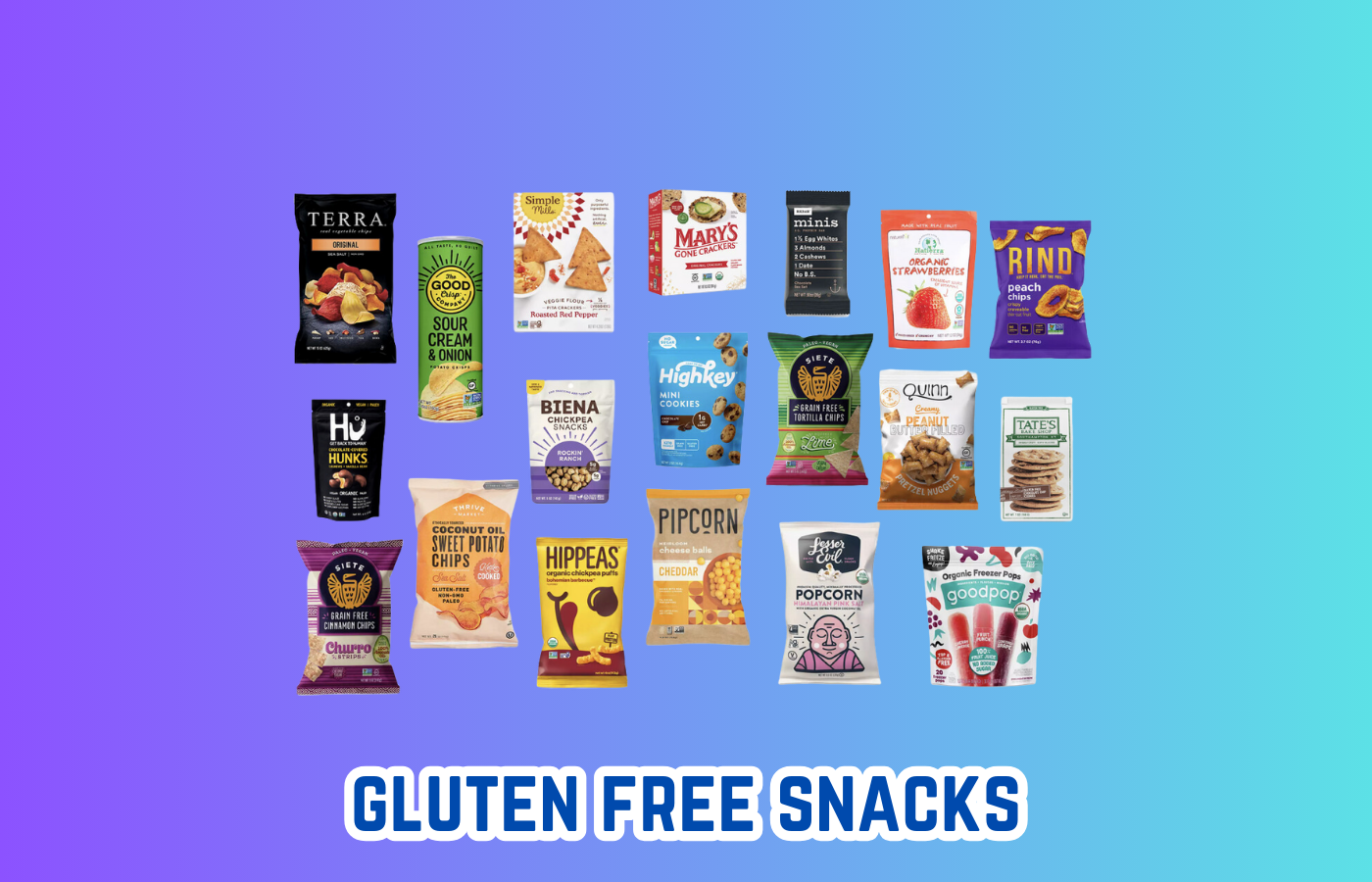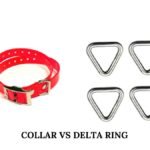In recent years gluten free snacks has become more popular, both among people with celiac or gluten intolerance and those who are looking for healthier food choices. Gluten free snacks can be delicious as well as nutritious, thanks to the wide range of choices available. This article will explore gluten-free snacking, its benefits, the most common choices, recipes and how to integrate them into daily life.
Understanding Gluten Intolerance
Gluten free snacks, which is found in barley, wheat and rye can cause digestive problems and health issues for certain people. Celiacs have an autoimmune response to gluten. Others may suffer from non-celiac gluten sensitivities.
The importance of gluten-free eating
A gluten-free lifestyle is crucial to managing and improving these health conditions. There are many delicious and healthy gluten free snacks available.
Improved digestion
Eliminating gluten can relieve digestive symptoms like bloating and gas. Selecting gluten-free snack foods can help improve digestion and your overall health.
Energy levels increase
Many gluten free snacks contain high-nutrition ingredients such as fruits, nuts and vegetables. These snacks provide energy that lasts without the crash associated with snacks processed in gluten.
Weight Management
Gluten-free foods are often lower in carbohydrates and calories than gluten-containing snacks, which makes them an excellent choice for people who want to lose weight or manage conditions such as diabetes.
Fruits and vegetables
Fruits and vegetables that are fresh and in season contain vitamins, minerals and fiber. Snack on them either raw or with dips such as guacamole or hummus.
Nuts, seeds and other nuts
Nuts and seeds, which are rich in antioxidants and healthy fats and protein, make excellent gluten-free snack foods. They also have a pleasing crunch. Choose raw or roasted nuts and seeds without salt or added sugar.
Popcorn and rice cakes
Rice cakes and popcorn can be used as gluten free snacks in place of traditional foods such as crackers or chips. Rice cakes can be topped with nut-butter and fruit slices for a tasty treat. Or, air-popped corn seasoned with spices and herbs is a great alternative to traditional snack foods like crackers and chips.
Quinoa salad
A delicious gluten-free meal or snack is made with cooked quinoa, chopped vegetables and fresh herbs.
Greek yogurt with Berries
A simple, yet delicious gluten-free treat that is packed with antioxidants and protein.
Avocado Toast with Gluten-Free Bread
A tasty snack for any time is toast with gluten-free spread and tomatoes sliced on top. Sprinkled with sea salt, it’s a filling and delicious treat.
Vegan alternatives
There are many gluten free snacks available for vegans, such as fruits, vegetables and nuts.
Paleo snacks
Paleo, which emphasizes natural foods, and excludes processed grains, is naturally compatible with gluten-free diets. Paleo snacks can include fruit, nuts and jerky.
Low-carb Alternatives
People who follow a ketogenic or low-carb diet will be able to enjoy gluten-free treats like pork rinds and sliced veggies with dip.
What to Look for Food Labels?
Always read labels when buying snacks to make sure they’re gluten-free.
Explore specialty shops
Specialty stores and online retailers carry a variety of gluten-free snack options, such as baked goods, snacks like crackers and chips and bars, made from alternative flours, such as almond, cassava, or coconut.
Try homemade snacks
Make your own healthy snacks using ingredients that are good for you. Try making energy balls, granola, or kale chips.
Explore the flavors of food
Try adding different spices and herbs to make your gluten-free snack more tasty.
Texture experimentation
Mix crunchy, chewy and creamy textures to create a satisfying snack.
Adapting a recipe to your personal tastes
Do not be afraid of modifying recipes to fit your tastes and nutritional needs. Get creative by experimenting with different flavors and ingredients.
Packing healthy snacks to take with you
Make portable snacks such as trail mix, homemade energy bars, and fruit slices to keep on hand for when you need an easy and quick snack.
Include snacks in your meals
Add gluten-free snack foods to meals such as salads, yogurt parfaits and smoothie bowls for texture, taste and nutrition.
Create balanced snacks
Combine gluten-free snack foods with healthy fats and fibers to make balanced snacks that will keep you satisfied and full between meals.
Children’s nutrition: Healthy options
Children can enjoy a wide variety of healthy and delicious gluten-free foods, including sliced fruits, veggies with hummus and cheese cubes.
Snack ideas for the kids
Offer fun, interactive snacks such as fruit kabobs and yogurt dips with gluten-free grahams or pretzels.
Managing peer pressure
Teach children about the nutritional needs they have and empower them to choose healthy snacks.
You can easily carry gluten free snacks such as pre-cut fruits, nuts, seeds and snack bars with you to work or school.
Snacks for the office and classroom
For shared areas, choose snacks that don’t make a lot of noise and are easy to clean up, like individual packets of rice cakes or dried fruit.
Tips for meal preparation
- Prepare and portion out gluten-free snack options each week to keep on hand during busy times when you want a convenient and quick option.
- Restaurants need to be informed of dietary requirements
- Don’t be afraid to tell the staff at restaurants about any dietary restrictions or gluten intolerance so that they can provide you with safe and suitable options.
Choose gluten-free items from the menu
Find restaurants who offer gluten-free options on their menus or will modify meals to be gluten-free.
Avoiding cross-contamination
Ask about the kitchen’s practices and how food is prepared to make sure your meal does not contain gluten.
Food choices are limited
There are a lot of gluten-free products available. However, for some people it can be difficult to travel or navigate social situations while following a gluten free diet.
Social Implications
It can be difficult to eat gluten-free, particularly when you are dining with your friends and attending events that serve gluten.
Concerns about nutrition
A gluten-free, balanced diet should provide all of the essential nutrients including fiber, vitamins, minerals and proteins to promote overall well-being and health.
Diversifying the food choices
Include a range of grains and legumes that are gluten-free, as well as fruits, vegetables, proteins lean, healthy fats, and other foods to your diet.
Consultations with health professionals
Working with a dietitian who is a specialist in gluten-free diets and nutrition, you can create a customized eating plan to meet your needs.
Monitor your nutritional intake
Track your nutritional intake and food choices to make sure you are meeting your diet requirements. This will help you make informed decisions regarding your health.
Market trends
As more and more people are becoming aware of their gluten intolerance, they demand healthier snacks.
Innovative gluten-free foods
The food industry is constantly developing and improving gluten-free snack foods that are delicious, convenient, affordable and readily available.
Accessibility and affordability
We can anticipate greater affordability and accessibility as the gluten-free snack market expands. This will make it easier for those with gluten intolerances to access a variety of delicious snacks.
Conclusion
Gluten free snacks food is a tasty and healthy alternative to the traditional snacks. It offers benefits like improved digestion, more energy, and weight loss support. There are many options, such as fruits, vegetables and nuts. You can incorporate healthy gluten-free foods into your diet by following these tips and recipes.
FAQ
Is All gluten-free foods are healthy?
Not necessarily. Some gluten-free snack products are nutritious, but others can be processed, contain unhealthy fats and sugars and have artificial additives. When possible, it’s important to check the labels of snacks and select those with healthy ingredients.
What are the benefits of eating gluten free snacks foods?
Adopting a gluten free diet can lead to weight reduction for some people, but it is not guaranteed. Weight loss is dependent on many factors including overall caloric intake, the food you choose, your portion size, and how active you are. To support your overall health, it’s important to eat a healthy diet with a wide variety of foods that are high in nutrients.
Can children eat gluten free snacks foods?
Many gluten-free snack foods are safe for kids and provide important nutrients such as vitamins, minerals and fiber. It’s important to provide a wide variety of food to children to make sure they get all the nutrition needed for healthy development and growth.
What are the signs that a food is gluten free snacks?
Check the label for “gluten free” products or look at the ingredients list to see if there are any common gluten containing grains like barley, wheat and rye. Be aware of the possibility of cross contamination in production facilities and select certified gluten-free items when you can.
Do gluten free snacks taste the same as their glutened counterparts?
Many gluten-free snack foods are designed to have the same taste and texture as their gluten-containing counterparts, using different flours and other ingredients. There are many delicious, gluten free snacks that can rival the quality and taste of traditional snack food.









